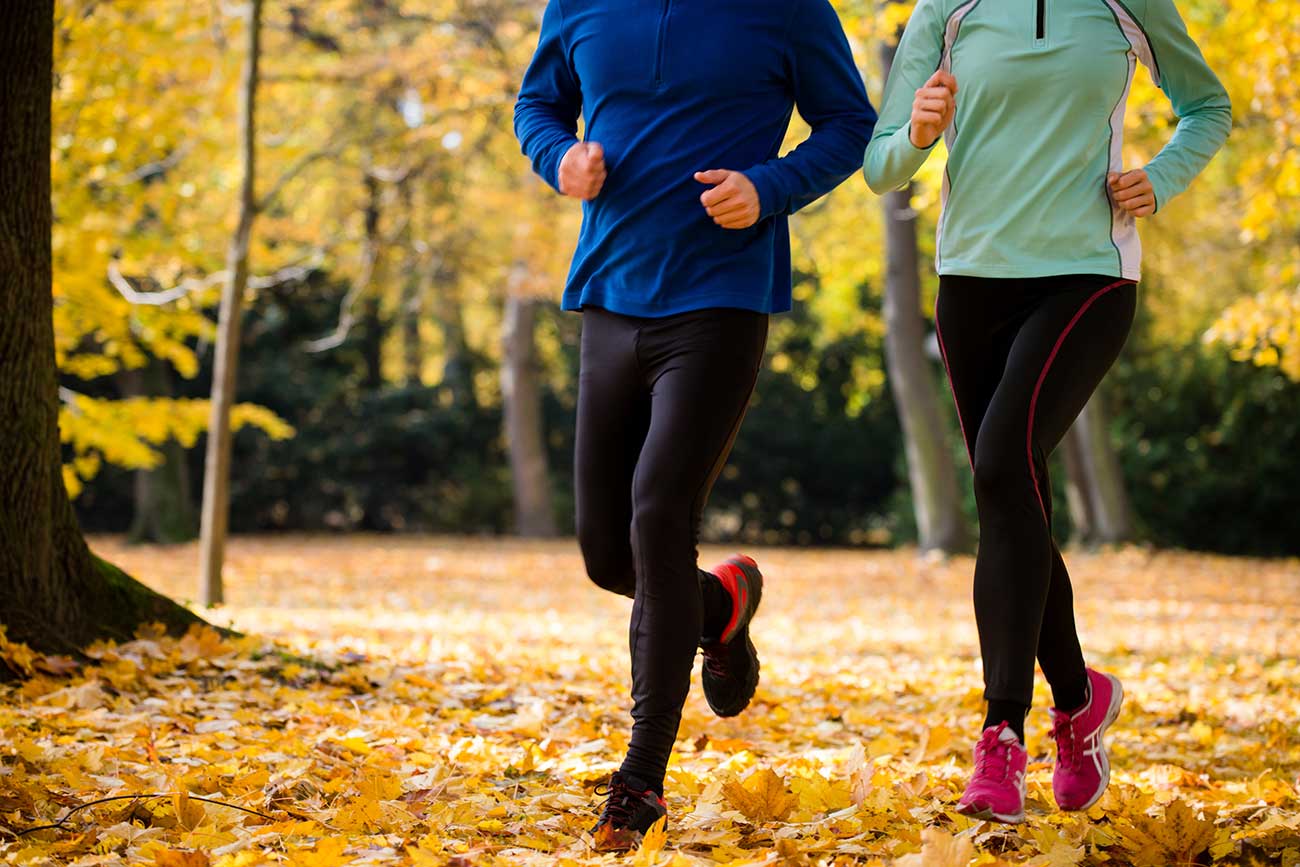With cooler weather and changing autumn leaves, it’s the perfect time for outdoor runs. But for some runners—especially those easing back into training or ramping up too quickly—knee pain can sneak into the routine. That dull ache around the knee during bending movements may be the dreaded runner’s knee.
Don’t let this common injury slow you down. Here’s what you need to know about symptoms, treatment, and prevention.
What Is Runner’s Knee (Patellofemoral Pain Syndrome)?
Runner’s knee is a broad term describing pain from various knee injuries, often involving overuse, falls, bone misalignment, improper form, or poor equipment. It’s not limited to running—activities like hiking, cycling, and repetitive jumping can also trigger it.
Symptoms include:
-
Pain around the kneecap, especially during bending movements or using stairs
-
Mild swelling
-
Popping or grinding sounds in the knee joint
If you notice these symptoms, it’s time to adjust your activity before the injury worsens.
Listen to Your Body and Rest
Most runner’s knee injuries are easy to treat if caught early. Avoid the “play through pain” mindset—continuing activity can turn a minor injury into a long-term problem.
If you have knee pain, rest from high-impact activities. Low-impact exercises like swimming can keep you fit without stressing the joint. Once pain-free, return to running gradually to avoid re-injury.
How to Prevent Runner’s Knee
Stretch and Strengthen
Tight hamstrings and weak quadriceps increase injury risk. A proper warm-up and stretching routine, combined with strength training, can protect your knees.
Use Proper Form
Improper alignment—particularly in female athletes due to anatomical differences—can increase strain on the knee. Focus on correct movement patterns in all activities.
Choosing the Right Shoes for Knee Pain Prevention
Running shoes play a major role in preventing knee pain. Visit a specialty running store for a gait analysis, so experts can recommend shoes that correct form issues.
Replace shoes regularly—most have a lifespan of 300–500 miles. Worn-out shoes increase the risk of knee injuries.
R.I.C.E. for Runner’s Knee Treatment
If you develop pain, follow the R.I.C.E. method:
-
Rest the joint
-
Ice for 20–30 minutes every 3–4 hours
-
Compression with a wrap for support
-
Elevation to reduce swelling
Anti-inflammatory medication like ibuprofen can also help.
When to See a Doctor
If pain persists despite rest and home care, it’s time for a medical evaluation. Most cases of patellofemoral pain syndrome don’t require surgery. Your doctor may recommend physical therapy, orthotics, or in rare cases, minimally invasive surgery.
Experiencing knee pain? Schedule an appointment with our office to get a proper diagnosis and customized treatment plan, so you can get back to running pain-free.
Sources Cited:
https://www.mayoclinic.org/diseases-conditions/patellofemoral-pain-syndrome/symptoms-causes/syc-20350792
https://my.clevelandclinic.org/health/diseases/16480-runners-knee
https://orthoinfo.aaos.org/en/diseases–conditions/patellofemoral-pain-syndrome-runners-knee/
Dr. David Nielsen, D.O. is a board-certified orthopedic surgeon with over 20 years of experience in hand, upper extremity, and shoulder surgery. He trained at Kirksville College of Osteopathic Medicine and the University of South Florida. He brings over two decades of surgical experience and a deep commitment to patient-centered care as the founder of Charlottesville Orthopaedic Center.
Patient Resources
Explore our Patient Resource center for helpful information about our expert team, comprehensive services, informative blog, and how to easily connect with us.
Complimentary Movement Screening
Charlottesville Orthopaedic Center offers complimentary movement screenings to assess your movement, identify imbalances, and help prevent injuries. Whether you’re active, recovering, or want to move better, our expert phsycial therapists provide personalized recommendations for your long-term mobility and wellness.
Learn More








